Work in Progress
Printing Revolution
and American Collections
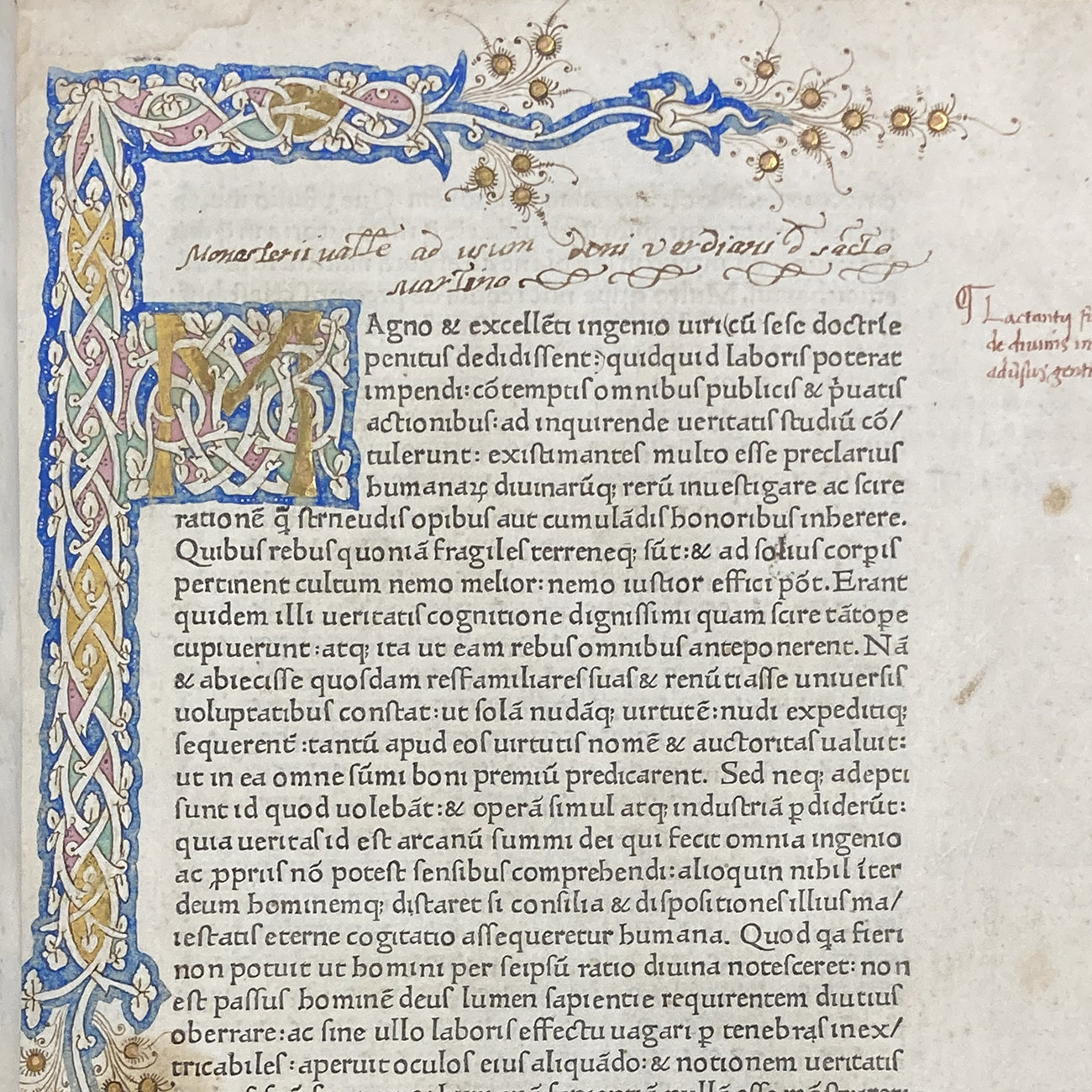
Work in Progress
Printing Revolution
and American Collections
Printing Revolution and American Collections: the migration of cultural heritage at times of political change (PrintRevUS) is a four-year research project focused on books printed in Europe between 1450 and 1500 (known as incunabula), today in American libraries. The project is funded by the Italian Ministry for Research (Fondo Italiano per la Scienza), is based at the Sapienza University in Rome, and is coordinated by Cristina Dondi, Professor of Modern History and Secretary of CERL. The inception date was November 2024.
The project is investigating the consequences – intended and unintended, direct and indirect – of historical policies and events on the European book heritage that migrated to the United States. Incunabula in American libraries and archive material, in Europe and in the US, are at the core of the investigation.
The Principal Investigator
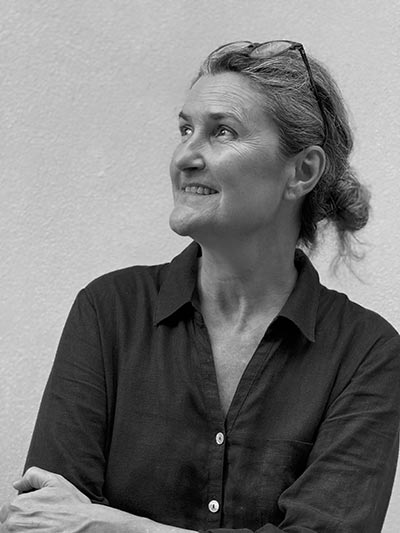
Cristina Dondi joined Sapienza as Professor of Modern History in 2024, after 30 years spent at the University of Oxford and as a Fellow of Lincoln College. Her research focuses on incunabula as historical sources.
Cristina has been the Secretary of the Consortium of European Research Libraries (CERL) since 2009, when she created the international database Material Evidence in Incunabula (MEI). During the period 2014-2019 she was the Principal Investigator of the European Research Council-funded 15cBOOKTRADE Project, which focused on the economic and social impact of the printing revolution on European society. The results were published in 2020 in the volume Printing Revolution and Society, 1450-1500. Fifty Years that Changed Europe (http://doi.org/10.30687/978-88-6969-332-8), and were shared with the general public in an exhibition in Venice, Correr Museum (2018/19) and in Buenos Aires (2022/23). cristina.dondi[at]uniroma1.it

The Team
Six researchers commenced their work for the project in June 2025:
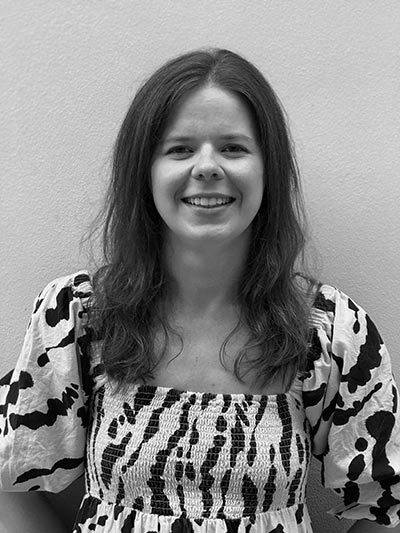
Martyna Grzesiak, D.Phil. (Oxon), is currently preparing her first monograph based on a copy census of the earliest editions of the Bible in Italian. She has an interest in Venetian printing and has worked on research projects at the Fondazione Cini in Venice, the Huntington Library and the Library of Congress.
For PrintRevUS, she will continue cataloguing incunabula in Washington D.C. martyna.grzesiak[at]uniroma1.it
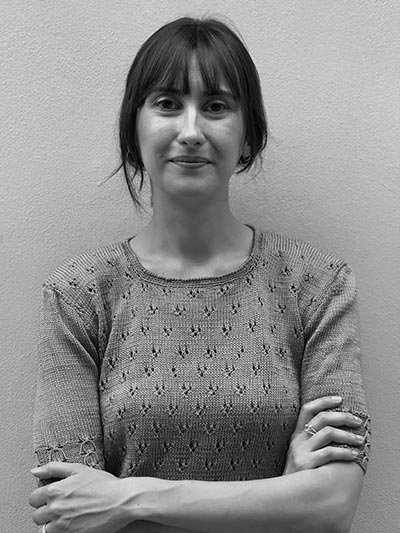
Ester Camilla Peric, PhD (Naples, Scuola Superiore Meridionale). Her research focuses on the trade of printed books between the 15th and 16th centuries and the cataloguing of incunabula. She is the author of Vendere libri a Padova nel 1480: il Quaderneto di Antonio Moretto (2020) and co-author of Incunaboli a Udine (forthcoming).
For PrintRevUS, she will be working on New York City collections, starting with the Morgan Library. estercamilla.peric[at]uniroma1.it
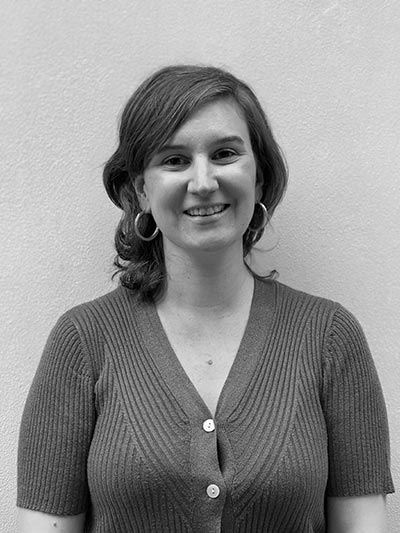
Angéline Rais, D.Phil. (Oxon), specialises in the study of the antiquarian book-trade and the formation of libraries in the 19th and 20th centuries. She worked on the trade in medieval manuscripts in Germany (c. 1900–1945) on the European Research Council-funded Cultivate MSS Project (University of London). Her first monograph The Antiquarian Book Trade in Switzerland. Sir Thomas Phillipps’s Acquisitions in the 1820s and their Later Dispersal will be published by Brepols in Autumn 2025.
For PrintRevUS, she will work on incunabula at the Huntington Library. angeline.rais[at]uniroma1.it

Paolo Sachet, PhD (The Warburg Institute), works on the impact of printed books on the intellectual and political history of early modern Europe, including censorship and propaganda, the reception of classical and patristic literature, and book collecting practises across time. Paolo is the author of Publishing for the Popes (2020), editor-in-chief of the AGAPE database, and co-editor of the Brill series Receptio Patristica.
For PrintRevUS, he will focus on the collections of Harvard and Yale, starting with Harvard. paolo.sachet[at]uniroma1.it

Geri Della Rocca de Candal, D.Phil. (Oxon), specialises in early Greek printing and book circulation, including in the Ottoman Empire and the Eastern Mediterranean. With Anthony Grafton and Paolo Sachet he recently co-edited (OUP, 2023) Printing and Misprinting, a Companion to Mistakes and In-House Corrections in Renaissance Europe (1450–1650).
For PrintRevUS, he will focus on Greek editions across the US. geri.dellaroccadecandal[at]uniroma1.it

Anna Chemisova, MA in Rare Book and Digital Humanities (Besançon, Marie and Louis Pasteur University), has experience in rare book digitization and data management, with an interest in the use of digital tools for cultural heritage.
For PrintRevUS she is focusing on images and their metadata, and liaising with US libraries. anna.chemisova[at]uniroma1.it
Every year (first call, July 2025) four consultants are hired, for one year, to capture images of provenance from large incunabula collections and share them with the Rome team on a common server. In 2025 consultants will work on Huntington, LoC, Morgan, and Harvard collections. A new call will take place in 2026.
Historical background
Between the 18th and 20th centuries revolutions and major political changes in Europe mobilised vast quantities of early European printed heritage that ultimately made their way across the Atlantic and formed the heart of American library collections. Policies, such as the secularisation of religious houses implemented under Joseph II, Napoleon, the formation of the Italian and Spanish States, and geo-political events, such as the October Revolution and the two World Wars, caused the sequestration, disposal, dispersal, transfer, and sale of thousands of books printed in Europe in the 15th century. Among these, at least 50,000 incunabula are today preserved in hundreds of libraries across the United States.
In collaboration with American libraries, a team of specialists will examine these books to reconstruct the history of their migration – in large collections such as Yale, Harvard, Princeton, the Morgan and other NYC libraries, the Newberry, the Huntington, and the Library of Congress – and in hundreds of smaller collections.
The Project
The project focuses only on editions printed in Italy, distributed and used anywhere in Europe. It will also pay special attention to unica (editions known to survive in only one copy).
All incunabula will be catalogued in the Material Evidence in Incunabula (MEI) database. To date, the database includes over 68,000 records from over 750 libraries in 36 countries, and over 30,000 records of former owners. Relevant images of provenance will be uploaded onto the Provenance Digital Archive (PDA) of CERL and linked to their MEI records. These are international digital resources freely available to all.
The researchers are based in Rome and will visit the US once a year for an extended period. The task of the consultants is to examine and take photographs of incunabula (provenance evidence). The images will be tagged (name of library, ISTC no., MEI no., location in book) and uploaded onto a Rome-based server. The researchers will work on the images, investigate the provenance evidence and complete the MEI records. Particularly complex cases will be set aside and examined in person during the annual visit to the US.
In the Fall of 2025 Prof. Dondi will get in touch with the many US libraries hosting smaller collections of incunabula asking them to share provenance images onto the Rome server. This method of remote working was successfully tested in the course of the Dante 1481 Project funded by the Polonsky Foundation in 2021, which resulted in a census of all the surviving copies of the first illustrated edition of Dante’s Commedia (Florence 1481), today scattered in 135 libraries around the world.
All team members will also work on smaller US incunabula collections, researching the images of provenance which will be received from US libraries.
A server is being established at the Sapienza University in Rome to share images between US collections and the project.
UNICA and RARA
There are hundreds of editions which survive in just one (594) or two (555) copies in the world in US collections. Their textual content will be recorded in the database TEXT-inc; their illustration, when present, in the 1516 database. These are international digital resources freely available to all:
Collaboration
The project is a collaboration between the Sapienza University in Rome, CERL (MEI, PDA, American member libraries), the British Library (ISTC), the Bodleian Library (TEXT-inc database for textual analysis), the Visual Geometry Group of the University of Oxford (1516 database for illustration analysis), the Department of Computer Science at King’s College London (Booktracker visualisations), the Alessandrina Library of Rome.
Ongoing work in US Libraries
Cataloguing US incunabula collections in MEI started in 2015 and is ongoing. 10% of work (c.5,000 copies) was done by August 2025.The list of collections already in MEI and the editors who created them is available here:
At present, John Lancaster is working on incunabula at Williams College Library, Eric Pumroy at the Free Library of Philadelphia; Aaron Pratt, Brittney Washington and volunteers at the Harry Ransom Humanities Research Center in Austin Texas.
